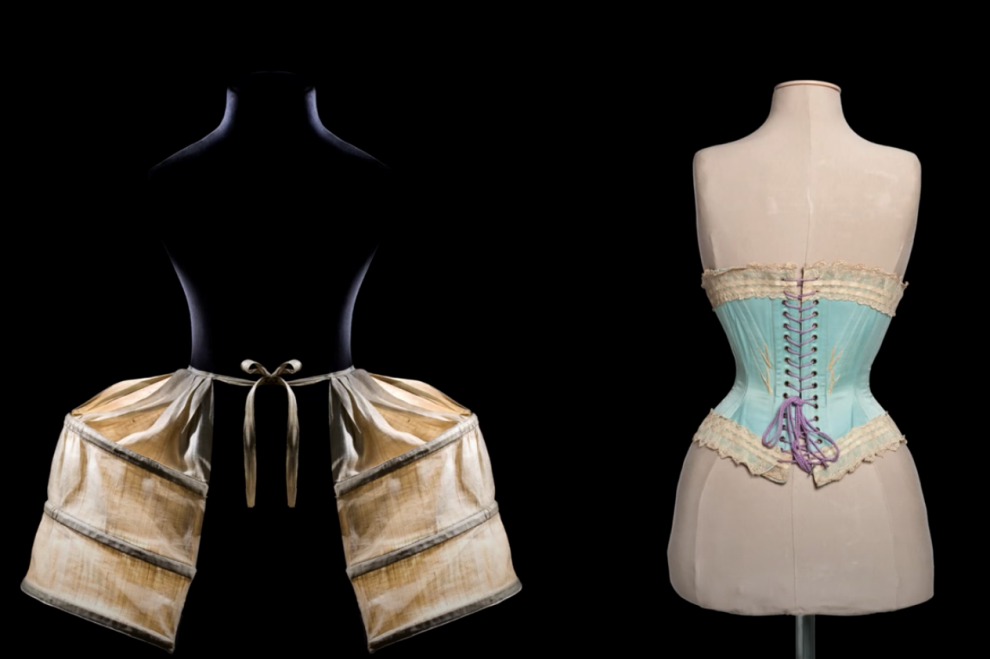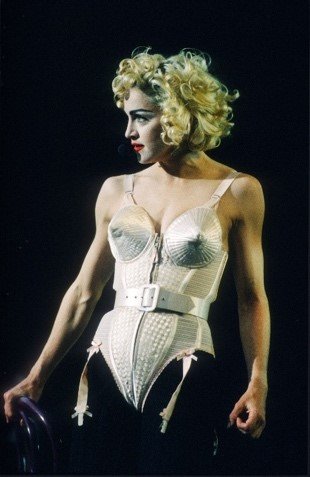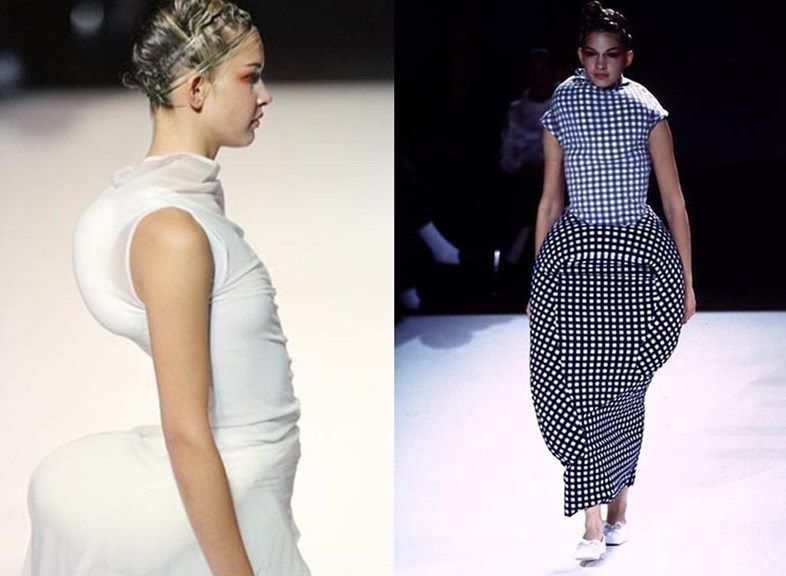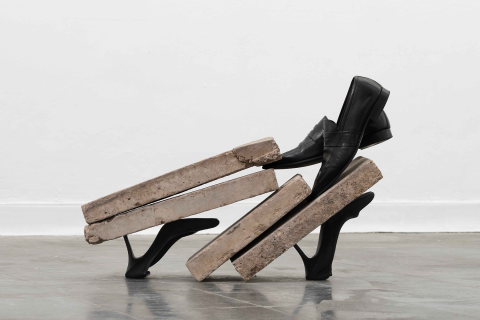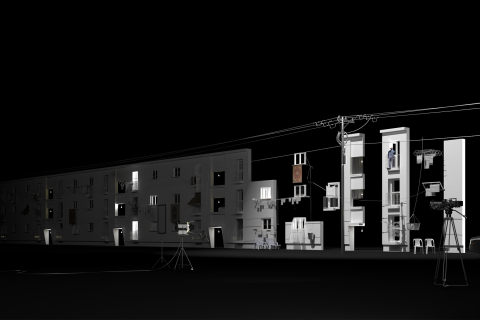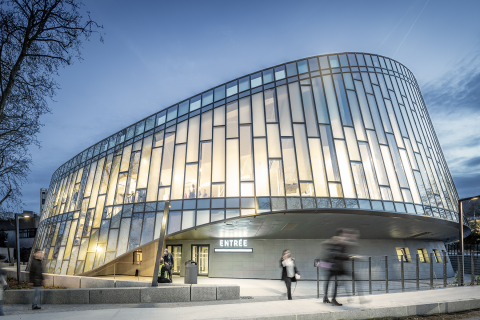Bezalel News
חדשות בצלאל
أخبار بتسلئيل
The Politics of the Body
In 2013, an exhibition launched at the Musée des Arts Décoratifs, in Paris, which used unique silhouettes to examine the unusual ways that women and men designed their bodies in the name of fashion. In the exhibition shown at the Bard Graduate Center in 2015, they presented, as well, the materials and tools used to create women's clothing.
These devices were used to present the design of the body as it had been in the past: with corsets, iron constructions placed on the body, girdles and lifts, supporting bras to either support the breasts or flatten them, springs and stretched fabrics to "correct" the natural body (which though not symmetric, "should" be made to fit the popular look of the time).
Nowadays, some of these tools are still relevant and they play a central role in visual performances (fashion shows, new collections, streetwear).
But while in the past these apparatuses were hidden and camouflaged by many layers of clothing, nowadays they are worn openly and used as external wear and also to make a political statement. So, for example, Jean Paul Gautier, in the beginning of the nineties, designed the famous bras for Madonna in defiance of European conservatism.
Naomi Wolf claims in her book "The Beauty Myth", that beauty was a vessel of control for western social hegemony and it was used against women employing images and models of impossible and non-compromising beauty that pushed women into endless, never-ending, pointless slavery. Against these cultural views, the Japanese fashion designer, Rei Kawakubo, created the collection, "Quasimodo", which is a protest against pushing women to enslave their body in the name of ideals of beauty.
In the 21st century, it is not fashion alone that is used to reshape the body, but additional ways such as exercise and muscle development as well as surgical interventions such as injections, removal of bones, and the narrowing or enlarging of organs of the body. The "Politics of the body", is a concept developed in cultural research as a critical term, that attempts to deal with the education, taming, design and policing of the human body, so that it will fit fashion ideals of social and cultural beauty, created by fashion designers, among others.
The "Politics of the body" is only one way to look at the fashion world, its achievements and successes, as well as its failures, in trying to repress that which is natural and comfortable.
In the course "Introduction to the History of Fashion" which deals with concepts of fashion, we will discuss the term " Politics of the Body", and we will read into fashion far more than the longitudes and latitudes of the clothing itself.
Dr. Michal Kraizberg
Lecturer at the Department of Visual and Material Culture
